In the vast and diverse world of insects, certain species have evolved remarkable abilities that challenge our understanding of biology. Among these extraordinary adaptations, perhaps none is more astonishing than the capacity of some insects to regenerate neural tissue. The American cockroach (Periplaneta americana) stands out as a particularly fascinating example—an insect that can actually regrow portions of its brain after injury. This seemingly science-fiction capability represents one of nature’s most incredible feats of regeneration and offers tantalizing possibilities for scientific research and medical applications. While many of us might view cockroaches with disgust, their remarkable neurological resilience deserves our scientific admiration and may hold crucial insights for treating human brain injuries and neurodegenerative diseases.
The Remarkable Discovery of Brain Regeneration
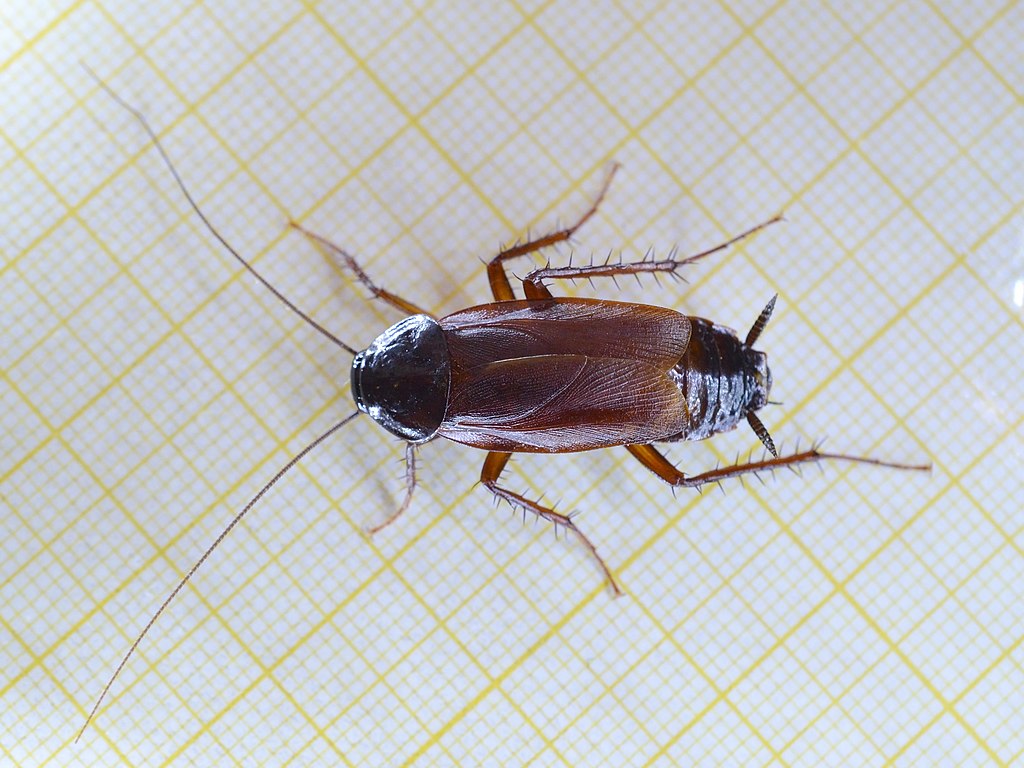
Scientists at India’s Jawaharlal Nehru University made the groundbreaking discovery about cockroach brain regeneration in 2011, though subsequent research has expanded our understanding significantly. The research team, led by Dr. Gurdip Singh, found that when portions of the cockroach’s brain were surgically removed, the insects could regenerate the lost neural tissue within weeks. This discovery shocked the scientific community, as brain regeneration of this magnitude had never been documented in complex organisms. What makes this finding particularly significant is that the cockroaches not only regrew the physical brain tissue but also recovered the cognitive functions associated with those brain regions, demonstrating functional as well as structural regeneration.
Understanding the Cockroach Brain
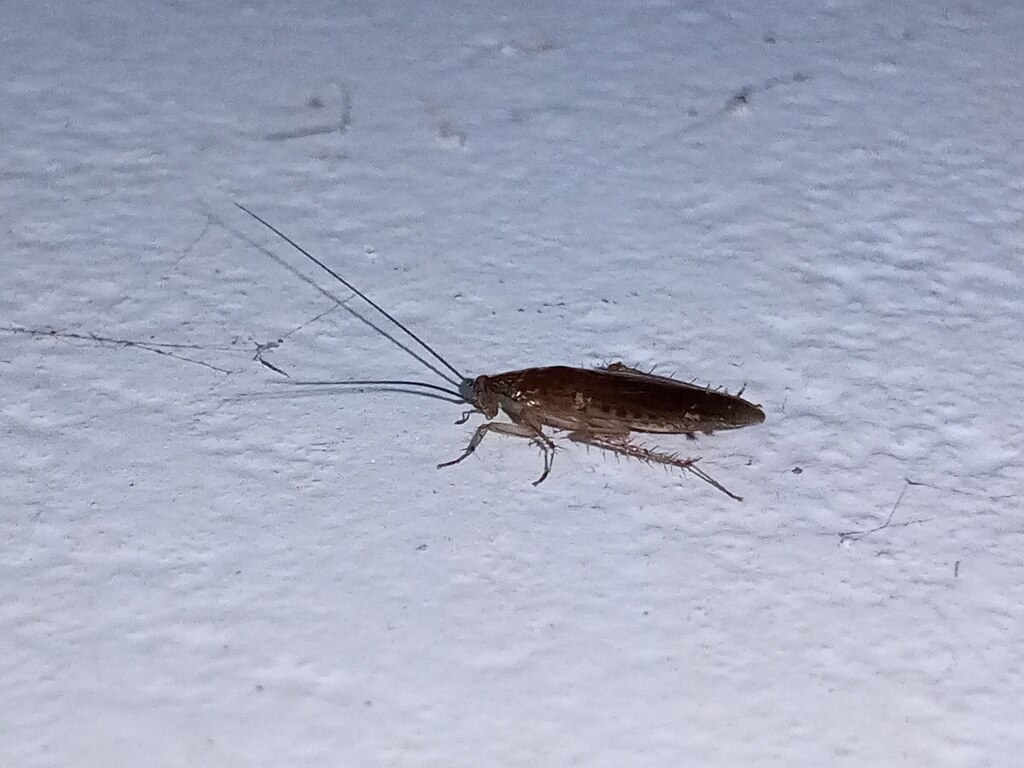
The cockroach brain, while much simpler than a human brain, is still a remarkably complex organ with specialized regions controlling different functions. It consists of three pairs of fused ganglia (nerve cell clusters) that control sensory processing, movement coordination, and basic learning. This insect brain contains mushroom bodies—structures responsible for olfactory learning and memory, somewhat analogous to our hippocampus. The central complex, another important region, coordinates movement and spatial orientation, while the antennal lobes process chemosensory information from the environment. Despite being composed of approximately one million neurons (compared to the human brain’s 86 billion), the cockroach brain demonstrates sophisticated capabilities in terms of processing environmental information and coordinating complex behaviors.
The Regeneration Process Explained
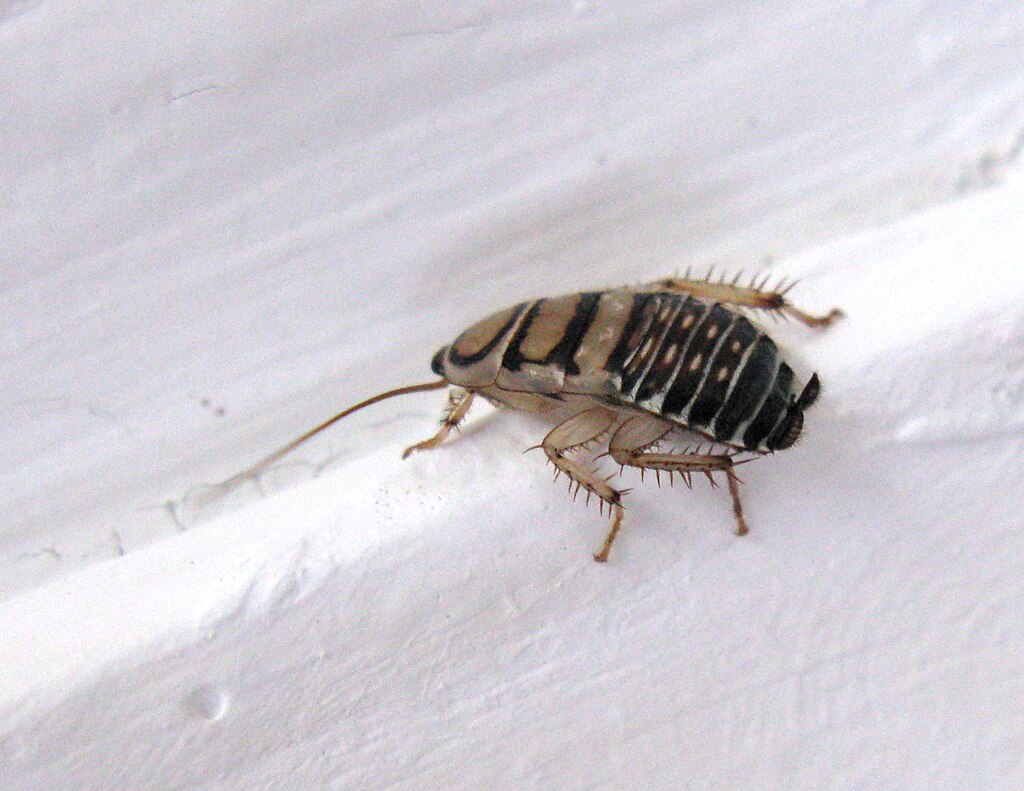
The cockroach’s brain regeneration process begins almost immediately after injury, with immune cells rushing to the damaged area to clean up cellular debris. Unlike mammals, whose immune response often inhibits regeneration through scarring, the cockroach’s immune system appears to facilitate healing. Within days, neural stem cells near the injury site begin to proliferate rapidly, producing new neurons that migrate to the damaged region. These new neurons then extend axons—the long projections that connect nerve cells—and establish appropriate connections with existing neural networks. The entire regeneration process typically takes about 30-45 days, during which the cockroach gradually regains lost functions as new neural circuits form and become integrated with the existing brain structure.
What Makes This Regeneration Possible?
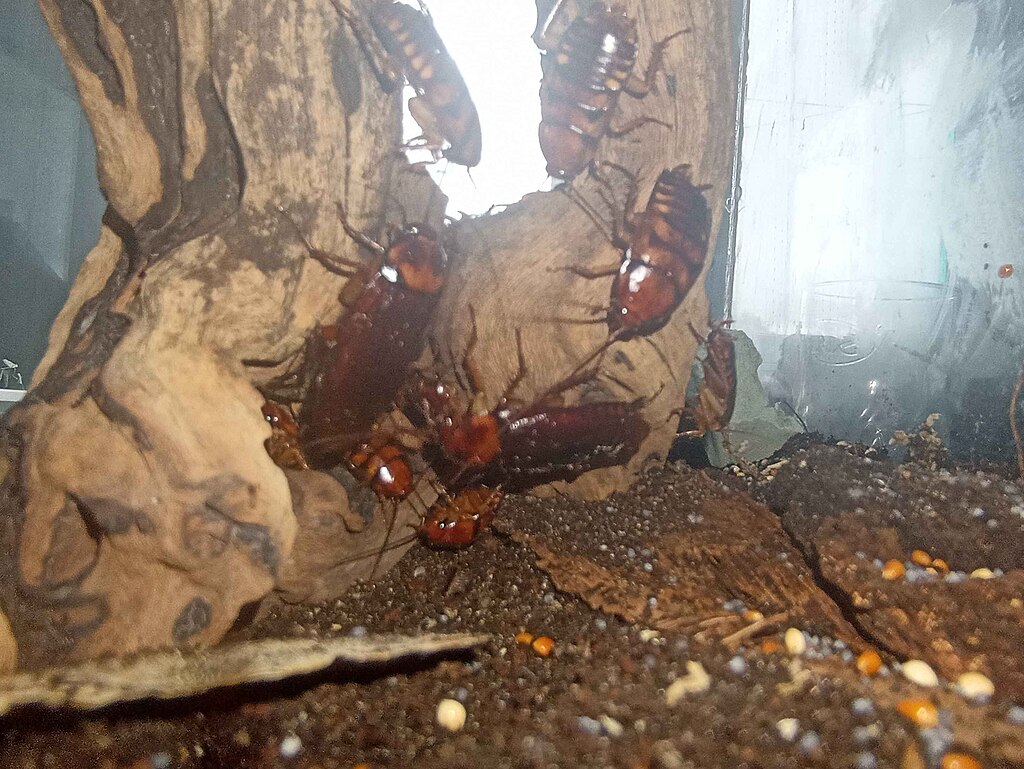
The cockroach’s remarkable regenerative ability stems from several biological factors unique to these and some other insects. First, cockroaches retain neural stem cells throughout their adult lives, unlike humans whose neural stem cells become increasingly rare and less active with age. Second, these insects possess a sophisticated set of molecular signaling pathways that orchestrate the precise rebuilding of neural architecture. Third, the cockroach’s open circulatory system bathes tissues directly in hemolymph (insect blood), delivering growth factors and nutrients efficiently to damaged areas. Finally, cockroaches produce specific proteins that inhibit cell death and promote cellular division after injury, creating an environment conducive to regeneration rather than scarring.
Limitations of Brain Regeneration in Cockroaches
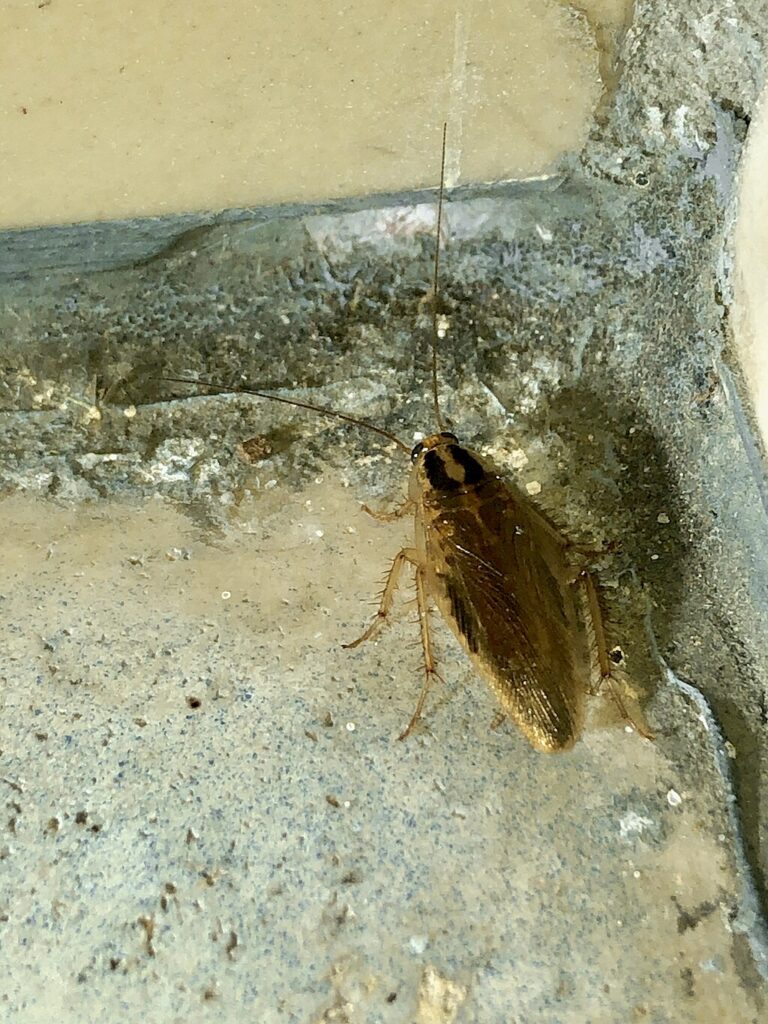
While cockroaches can regenerate significant portions of their brain, this ability does have limitations. Research has shown that if more than 30% of certain brain regions are damaged, complete functional recovery becomes unlikely. The regenerative capacity also varies between different brain regions, with some areas demonstrating more robust regrowth than others. Additionally, older cockroaches show diminished regenerative capabilities compared to younger specimens, suggesting age-related decline in neural stem cell activity. Another limitation is that the regeneration process isn’t perfect—the new neural connections sometimes form abnormal patterns that result in subtle behavioral changes, even when the insect appears to have recovered its basic functions.
Other Insects with Neural Regeneration Abilities
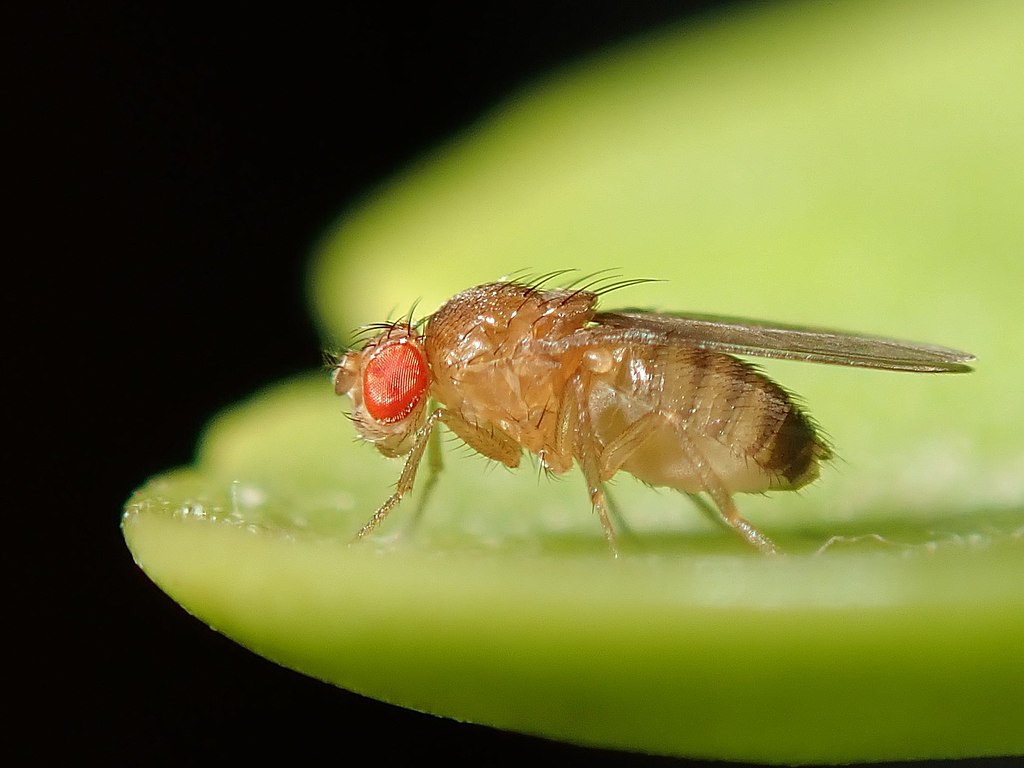
Cockroaches aren’t the only insects capable of neural regeneration, though they demonstrate perhaps the most impressive capacity. Fruit flies (Drosophila melanogaster) can regenerate certain types of neurons in their visual system after damage, allowing them to recover visual function. The tobacco hornworm (Manduca sexta) can regenerate portions of its central nervous system following injury, particularly during its larval stages. Crickets have demonstrated the ability to regrow certain neural pathways in their auditory system when damaged. Some ant species show limited capacity to repair damaged neural connections in their brain, particularly in regions responsible for processing chemical signals essential for colony communication.
Evolutionary Advantages of Brain Regeneration
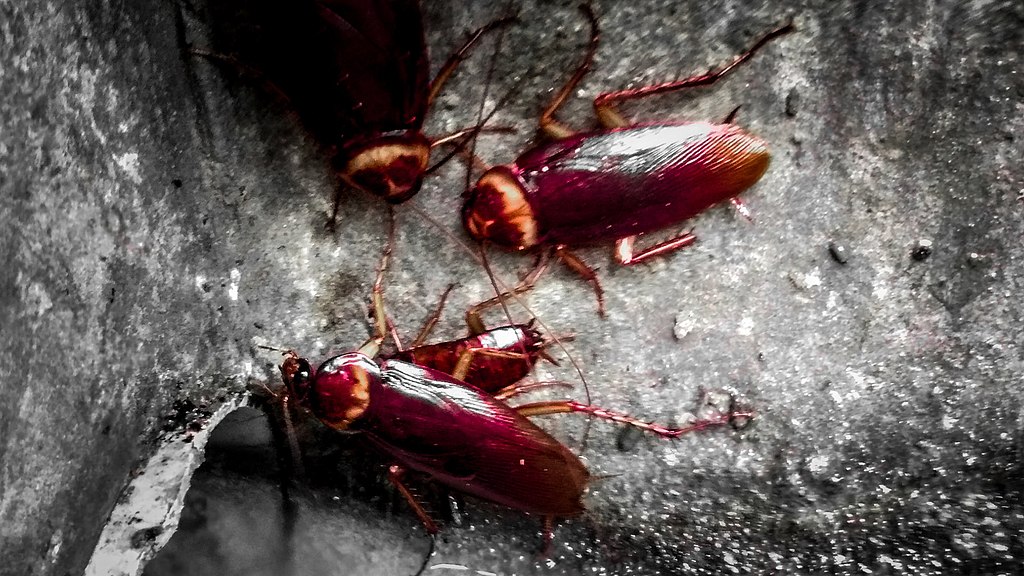
The ability to regenerate brain tissue offers obvious survival advantages in a world full of predators and hazards. For cockroaches, which often face crushing injuries when escaping predators or human encounters, neural regeneration provides a second chance at survival after significant trauma. This regenerative capacity may have evolved as part of the cockroach’s legendary resilience—a survival strategy that has helped these insects persist for more than 300 million years through multiple mass extinction events. The evolutionary advantage becomes particularly clear when considering that cockroaches frequently experience head injuries during their daily activities, whether squeezing through tight spaces or defending themselves from attackers. Additionally, this regenerative ability may contribute to the cockroach’s remarkable adaptability to diverse environments and their success as one of Earth’s most widespread insect species.
Implications for Human Medical Research
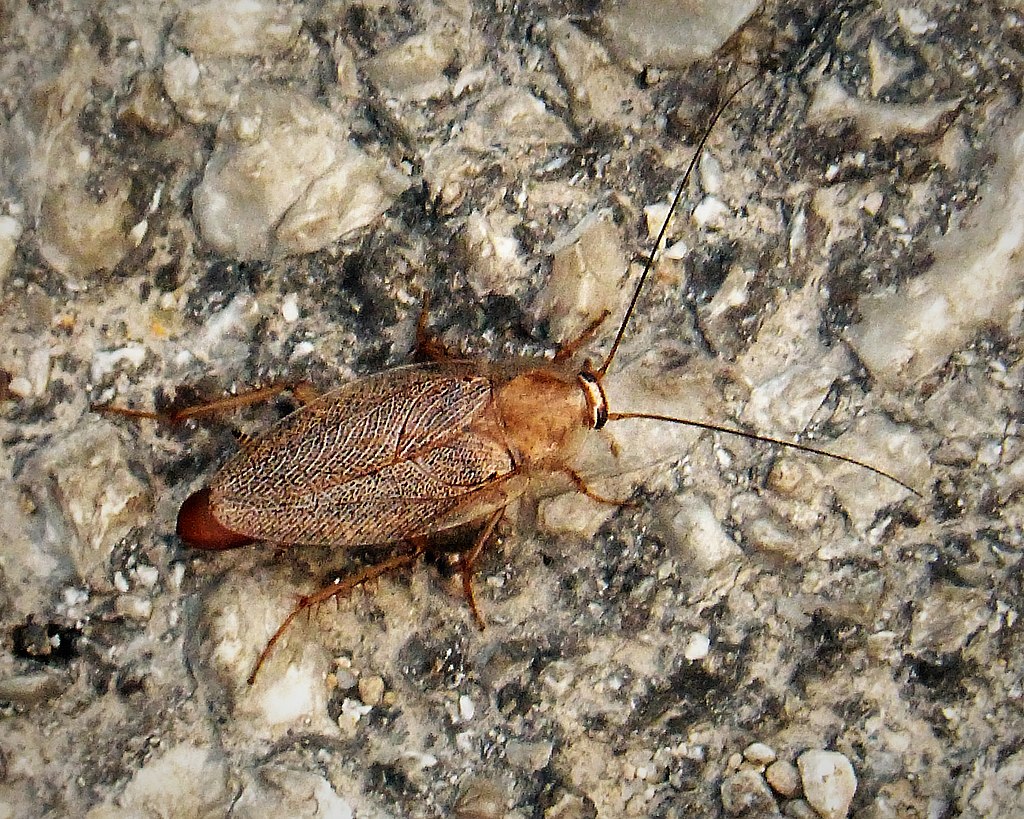
The cockroach’s brain regeneration ability has profound implications for human neuroscience and regenerative medicine. Researchers are studying the molecular mechanisms driving this process to identify potential therapeutic targets for treating traumatic brain injuries and neurodegenerative diseases in humans. Some of the growth factors and signaling molecules involved in cockroach brain regeneration have human analogues that could potentially be manipulated to enhance recovery after stroke or brain trauma. Scientists are also investigating how the cockroach’s neural stem cells remain active throughout adulthood, hoping to find ways to reactivate dormant neural stem cells in the human brain. While direct application to humans remains distant due to our vastly different nervous systems, the principles uncovered through studying these insects may guide development of novel approaches to neural repair.
Current Research Directions and Breakthroughs
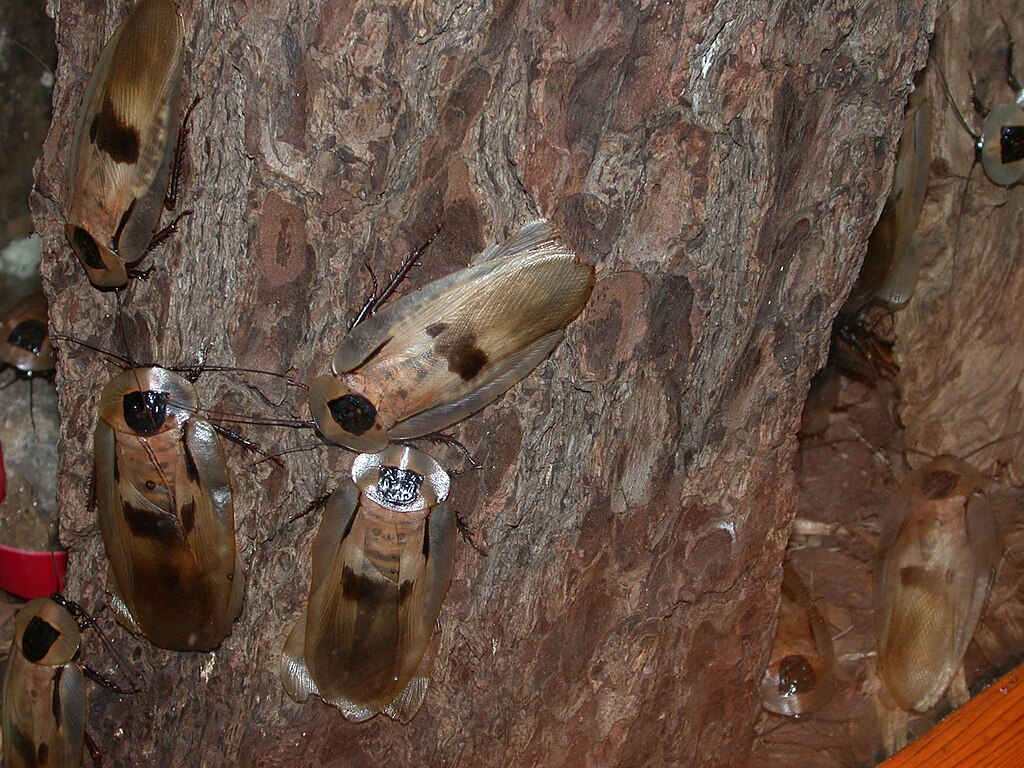
Current research on cockroach brain regeneration focuses on mapping the gene expression changes that occur during the regenerative process. Scientists are using advanced techniques like single-cell RNA sequencing to identify exactly which genes are activated when regeneration begins. Another exciting research direction involves using CRISPR gene editing to modify specific genes in cockroaches to determine their precise roles in neural regeneration. Researchers at Johns Hopkins University have recently identified several key proteins that appear essential for initiating the regenerative cascade in cockroach neurons, including one protein that resembles a growth factor found in mammalian brains but expressed at much higher levels in the insect. Several research teams are also developing three-dimensional models of the regeneration process, using advanced imaging techniques to track new neuron formation and integration in real-time.
Challenges in Studying Insect Brain Regeneration
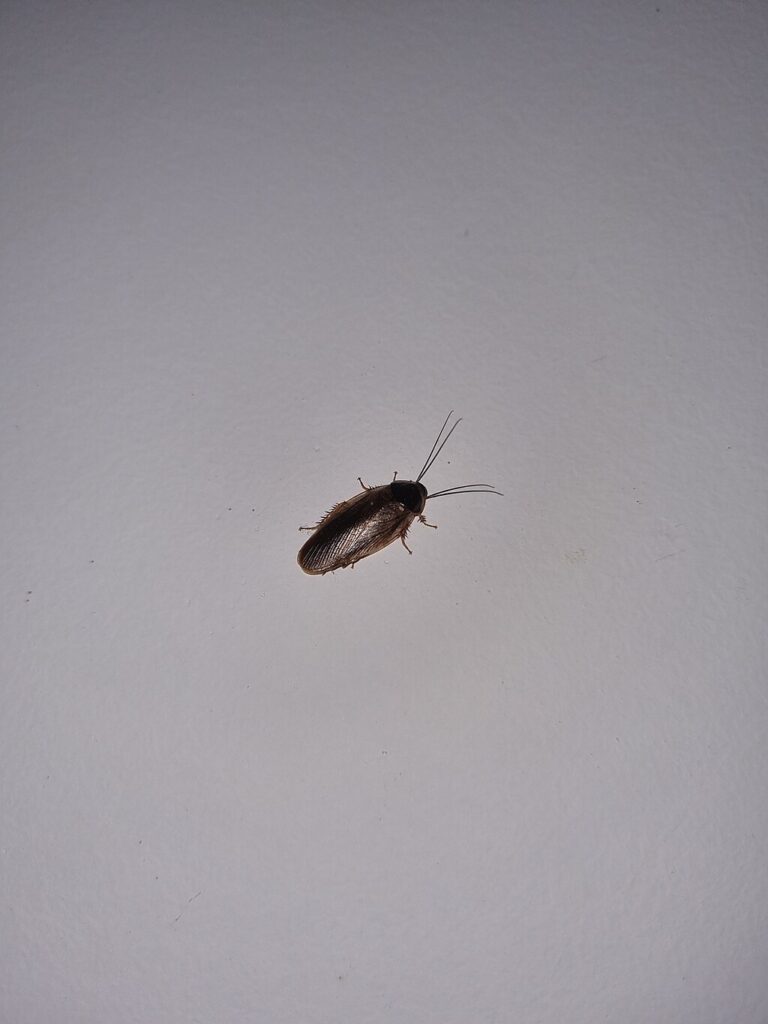
Despite promising research, scientists face significant challenges when studying insect brain regeneration. The tiny size of insect brains makes precise surgical interventions and detailed imaging difficult without specialized equipment. Researchers must develop custom microsurgical techniques to induce specific injuries without causing fatal damage to the specimen. Another challenge involves translating findings from insect models to potential human applications, given the vast differences in brain structure and complexity between insects and mammals. Ethical considerations also arise when conducting research that intentionally damages animal nervous systems, requiring careful experimental design to minimize suffering while maximizing scientific value. Additionally, securing funding for insect neuroscience research can be challenging, as it often competes with research on mammalian models perceived as more directly relevant to human medicine.
The Cockroach’s Other Remarkable Survival Adaptations
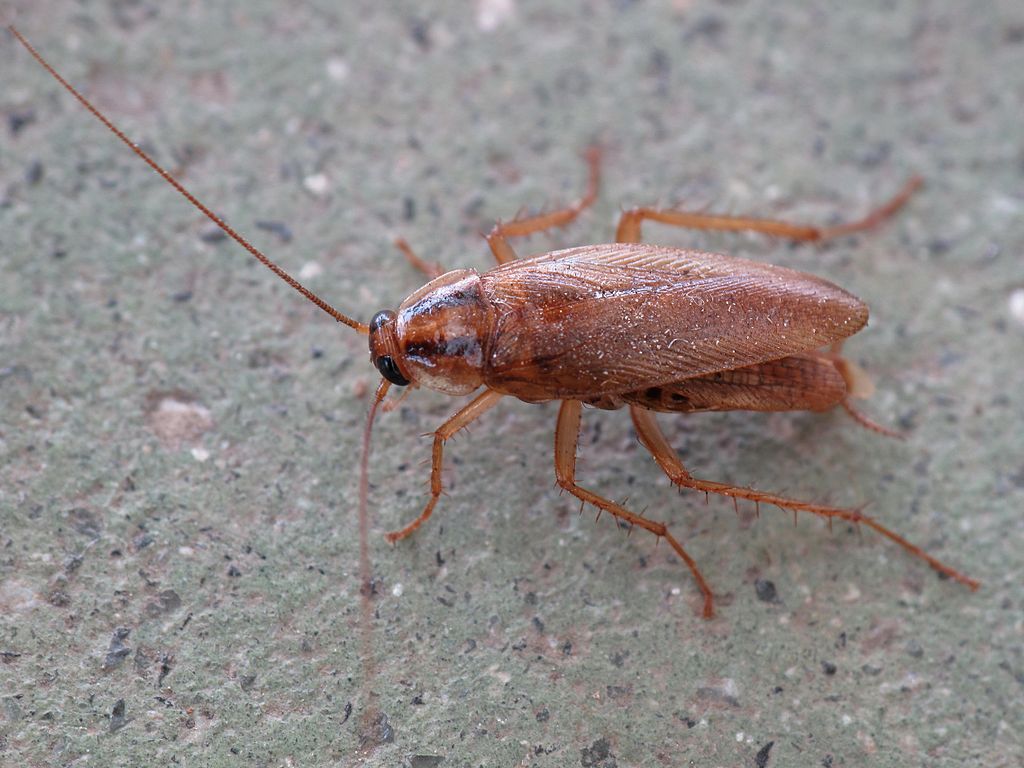
Beyond brain regeneration, cockroaches possess an arsenal of survival adaptations that have contributed to their evolutionary success. These insects can survive without their heads for weeks, continuing to breathe through spiracles in their body segments and eventually dying only from dehydration without a mouth to drink. Cockroaches can withstand radiation levels that would kill humans, with their slowly dividing cells less vulnerable to radiation damage than rapidly dividing mammalian cells. Their flattened bodies allow them to squeeze through openings as thin as a credit card, enabling escape from predators and access to protected food sources. Additionally, cockroaches can hold their breath for up to 40 minutes and survive submerged in water for half an hour, demonstrating remarkable respiratory efficiency that complements their neural resilience.
Popular Misconceptions About Cockroach Biology
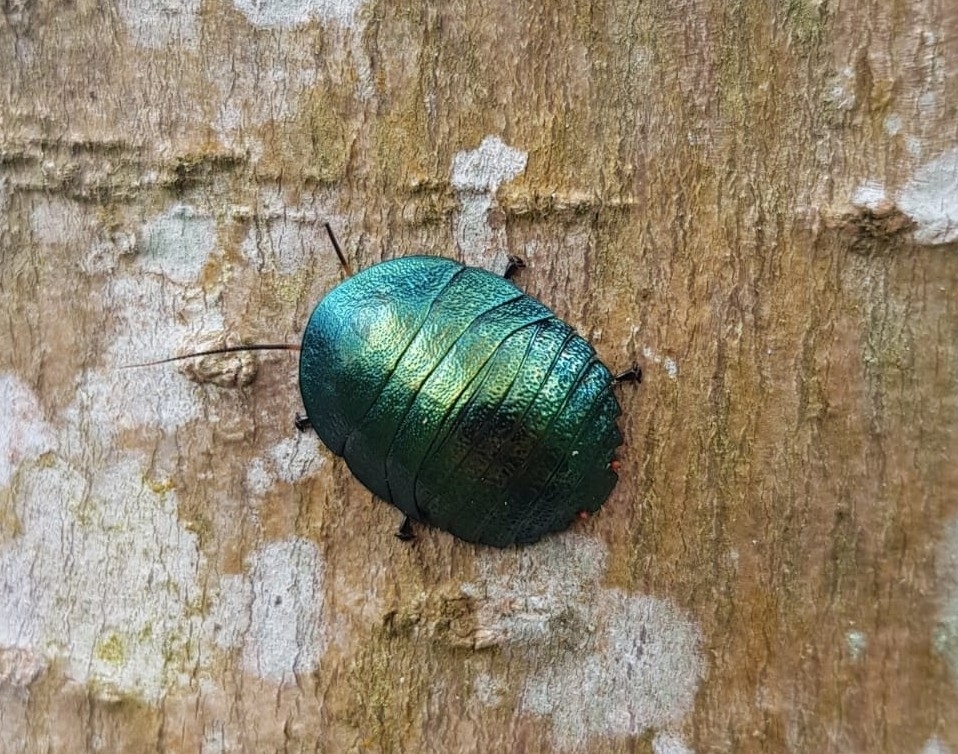
Despite their biological marvels, cockroaches are subject to numerous misconceptions that obscure their scientific significance. Contrary to popular belief, cockroaches are not immune to radiation—while they can withstand much higher doses than humans, they do succumb to extreme radiation exposure. Another common myth suggests cockroaches could survive a nuclear apocalypse, but studies show they would still perish in areas with direct nuclear blast effects. Many people believe all cockroach species are pests, when in fact only about 30 of the 4,600 known species regularly interact with human habitations. Perhaps most relevant to our topic, some assume the cockroach’s hardiness stems from simplicity, when in reality their nervous system demonstrates sophisticated complexity that enables remarkable adaptations like brain regeneration.
Ethical Considerations in Neural Regeneration Research
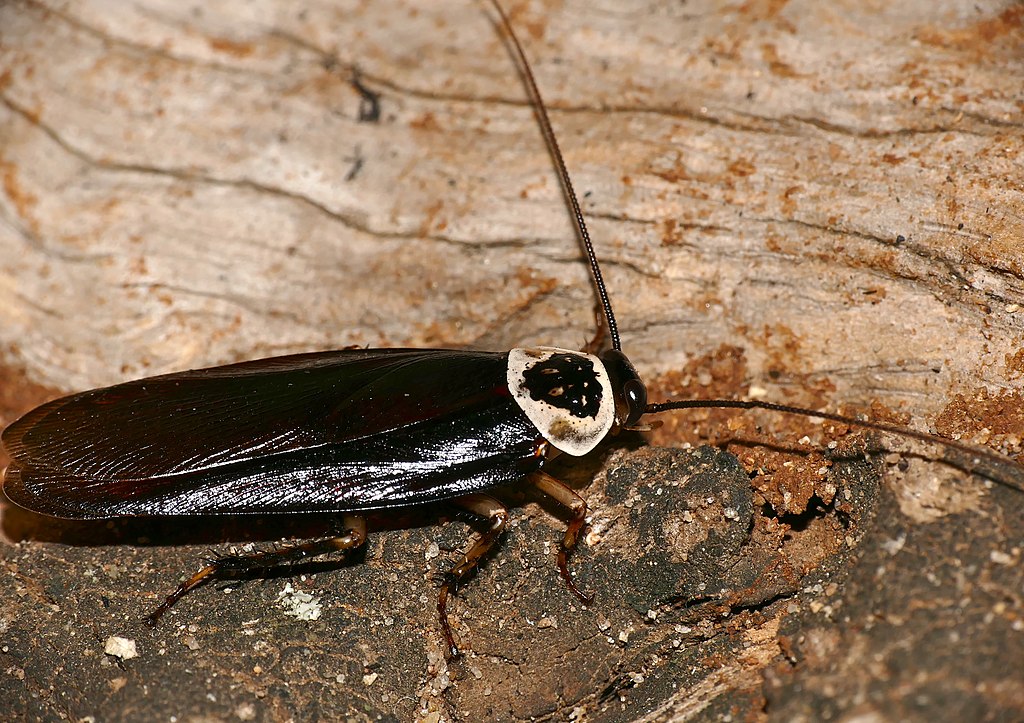
Research on insect brain regeneration raises important ethical questions about how we value different forms of life in scientific inquiry. Scientists must balance the potential benefits to human medicine against the harm caused to research subjects, even when those subjects are insects traditionally considered pests. Modern research ethics increasingly recognize that insects may experience forms of suffering, particularly species with complex nervous systems like cockroaches. Researchers in this field typically follow the “Three Rs” principle—replacement (using alternatives to animal testing where possible), reduction (minimizing the number of animals used), and refinement (minimizing suffering through improved techniques). These ethical considerations become especially important as research techniques become more sophisticated, allowing for more detailed manipulation and analysis of insect neural systems.
Future Directions and Possibilities
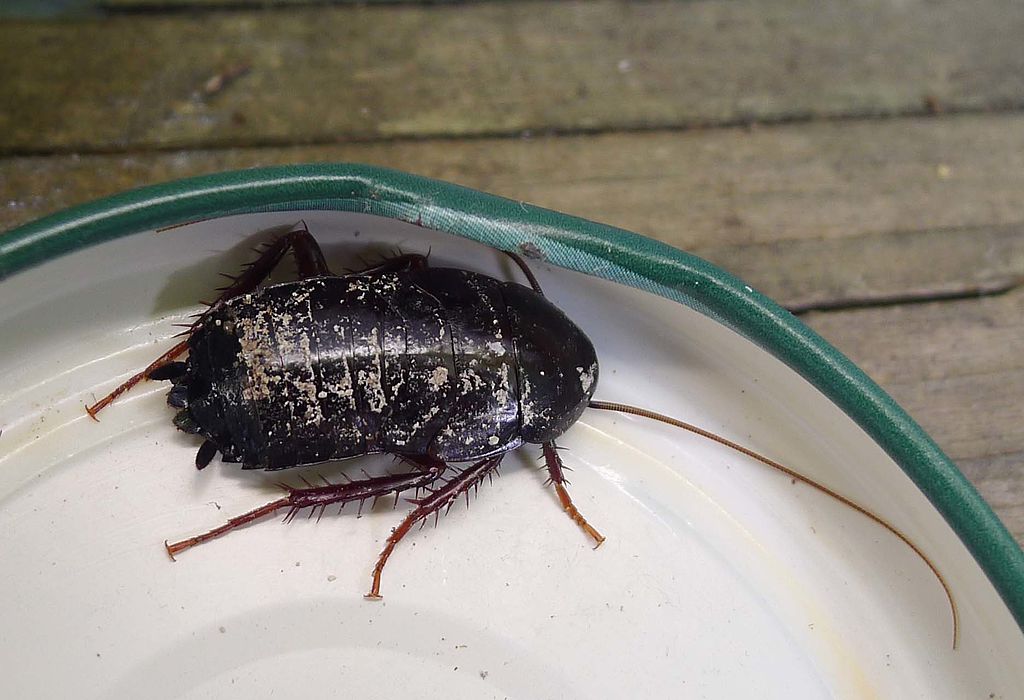
The future of research into insect brain regeneration holds tantalizing possibilities across multiple fields. Bioengineers are exploring ways to mimic the cockroach’s regenerative mechanisms to develop new biomaterials that could support neural growth in damaged human brains. Pharmaceutical researchers are screening molecules identified in the cockroach regeneration process as potential drug candidates for treating neurodegenerative conditions like Alzheimer’s disease or Parkinson’s disease. Some scientists envision creating synthetic neural networks based on the cockroach’s regenerative principles that could lead to more resilient artificial intelligence systems. Perhaps most ambitiously, researchers hope that fully understanding insect brain regeneration might someday lead to techniques for promoting significant neural regeneration in humans—a capability that would revolutionize treatment for stroke, traumatic brain injury, and numerous neurological disorders.
Conclusion
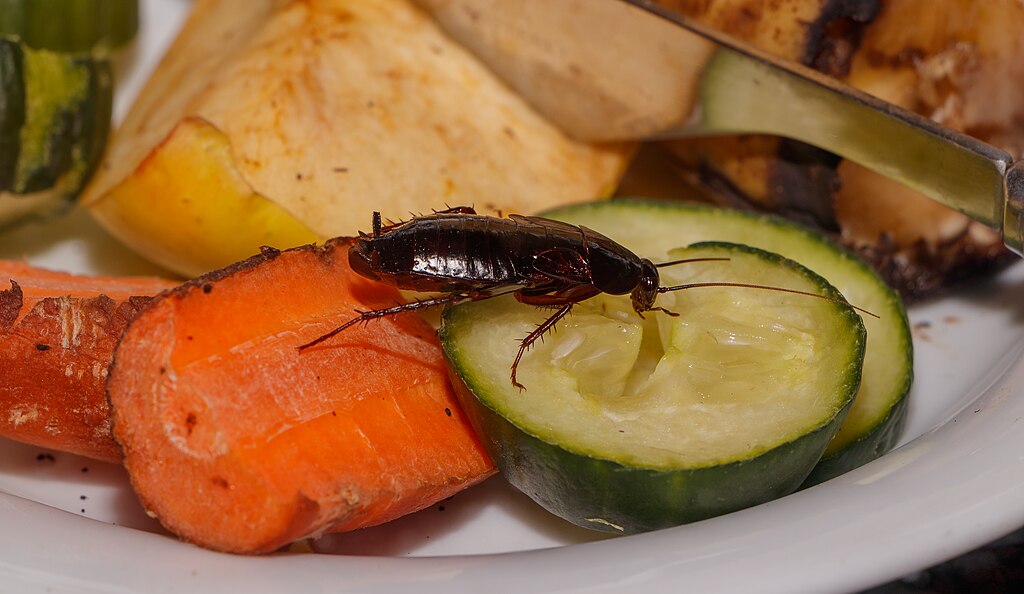
The cockroach’s ability to regenerate its brain represents one of nature’s most extraordinary adaptations—a capability that challenges our understanding of neural biology and offers hope for future medical breakthroughs. While we may never look at these resilient insects with affection, their remarkable regenerative abilities deserve our scientific appreciation and continued research attention. As we unravel the molecular and cellular mechanisms behind this seemingly miraculous capability, we move closer to potentially revolutionary advances in treating human brain injuries and neurological diseases. The humble cockroach, despite its reputation, may ultimately contribute more to human health and scientific understanding than we could have imagined, proving once again that nature’s most remarkable innovations often appear in unexpected places.

